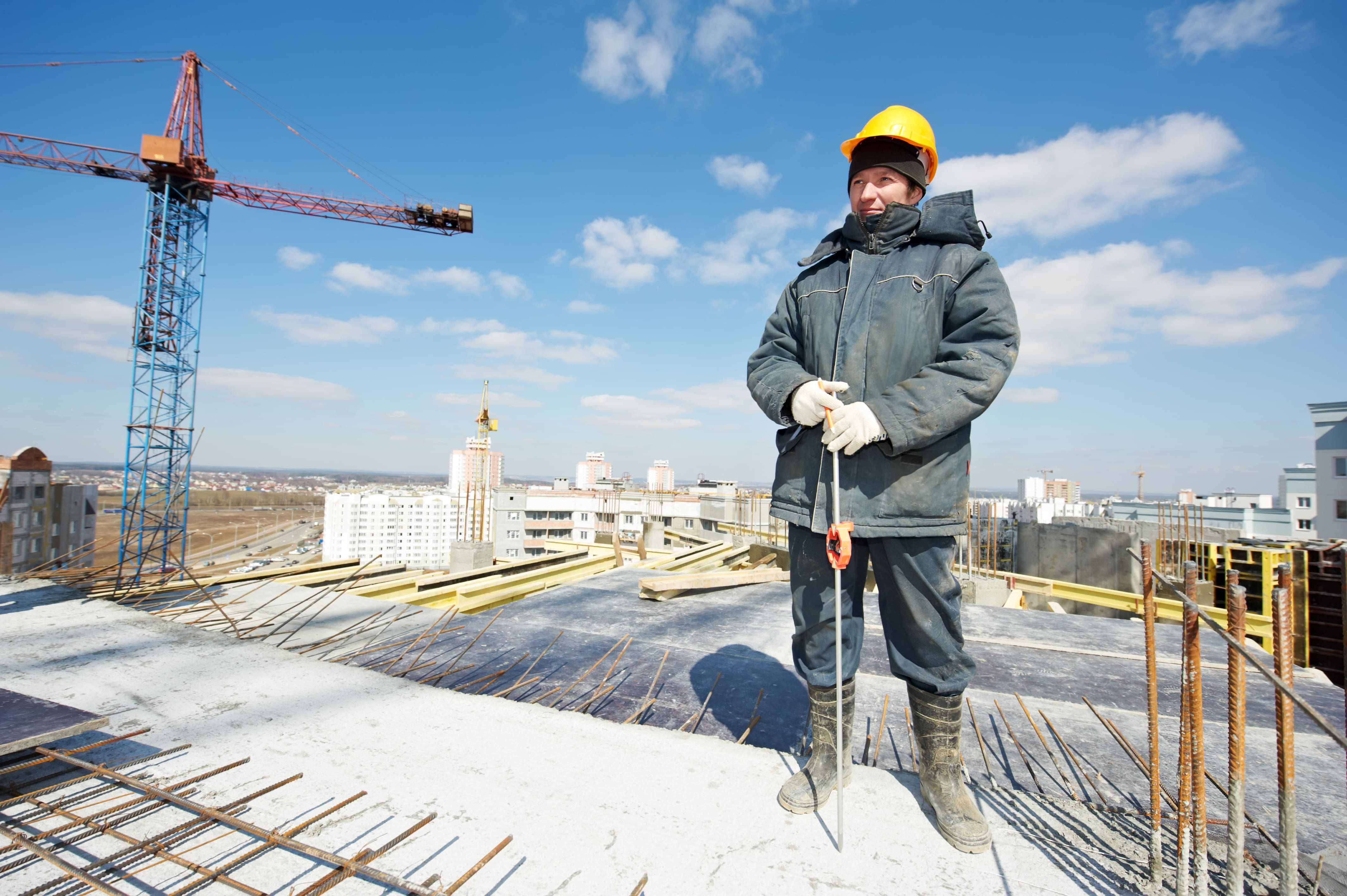
Many construction projects go into hibernation during winter, but the construction industry doesn’t necessarily come to a standstill. Projects like emergency road repair for example, have to continue in spite of high winds, extreme cold temperatures, rain, blizzards and snowstorms and it is a priority for construction companies to make sure their workers are safe while working outdoors in inclement weather.
A lot of construction workers will tell you that they prefer winter jobs because you can bundle up in warm clothes to beat the chill, but in summer there is no way to find relief when working outdoors in the sweltering heat.
That may be the case, but it is also true that accidents, slips, falls, frostbites, hypothermia and a host of other unfortunate hazards come with winter construction work, and the following 7 protective measures are always necessary to make sure that the workforce is operating in optimal health and safety conditions when projects are forced to carry on through the winter months:
# 1: PRE-WINTER SURVEY
Check the construction site and fix potholes and uneven surfaces before the cold weather sets in. Once the ground freezes and surface hazards get hidden under a blanket of snow, it will be pretty hard to make the site safe for construction workers to operate in.
On-site checks should include a thorough analysis of the terrain as well to locate problems that typically arise in winter. For example, an incline may look quite harmless during any other time of the year, but it can potentially become a hazard for workers when there’s ice underfoot.
Any anomaly on the ground that cannot be filled or leveled should be clearly marked or closed off, so workers will know to avoid them even if visibility and weather conditions are poor.
# 2: ANTI-SLIP MEASURES
The most common construction site accidents are slips and falls. While they can happen at any time, the risk of on-site accidents increase exponentially during winter because of ice and wet, slippery surfaces.
Clear snow and ice regularly from walking paths, scaffoldings, roofs, handrails and ladders. Keep plenty of salt or sand on hand to melt ice, improve traction, and make the job site safer.
# 3: WEATHER WATCH
Keep an eye on the weather at all times. You need to prepare for sudden changes in climate and make sure workers can secure the job site and get home safely before blizzards and snowstorms make the commute impossible.
# 4: HEATED BREAK AREA
The break area – be it a tent, trailer or indoor space – should be kept heated at all times. Workers expend a lot of energy to maintain an optimal body temperature when they’re operating in extreme cold environments. Encourage them to rest, warm up, hydrate and get out of wet clothing in a break room that is temperature-controlled to give them a welcome respite before going back out again.
# 5: PERSONAL PROTECTIVE EQUIPMENT
Make sure every worker on the job site has the necessary Personal Protective Equipment (PPE), such as:
- Gloves and mittens with enough flexibility and movement to climb ladders, roofs and scaffoldings, handle equipment and perform jobs without risking frostbite – a condition that can occur immediately when bare hands come in contact with freezing metal surfaces.
- Safety glasses and facemasks treated with anti-fog spray to prevent vision obstruction.
- Waterproof boots with non-slip soles and extra woolen socks to protect against the cold.
- Hard hats with inner, insulated lining to protect against falling objects (like icicles) and head injuries in the event of an accident.
- Reflective vests, so workers are visible on the job site during low-light conditions. Remember though, that reflective garments can only be washed a certain number of times. They ought to be replaced with new ones when the reflective attributes start to wear off.
# 6: EMERGENCY KITS IN WORK VEHICLES
The fleet of vocational trucks and vehicles on a construction job site should all have winter weather emergency kits with supplies that include:
- Shovel
- Ice scraper
- Tow straps
- Jumper cables
- Emergency flares
- Sleeping bag
- Blanket
- Flashlight
- Potable Water
- Non-perishable foods
- Cat litter/sand
- Batteries
- First Aid kit
- Fire extinguisher
# 7: COFFEE CONSUMPTION
The first thing most construction workers do during a break is reach out for some coffee. But caffeinated beverages can increase heart rates. They can also provide a `false’ sense of body heat when performing an outdoor task in the bitter cold.



